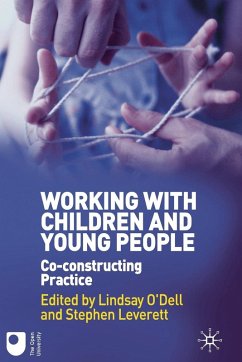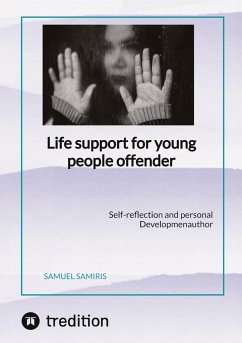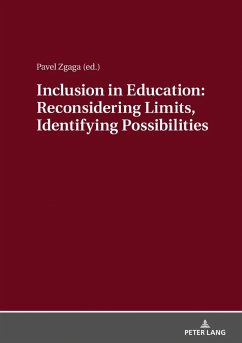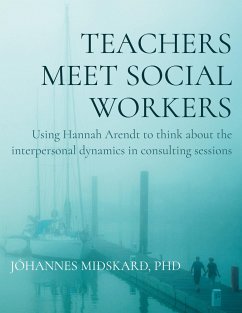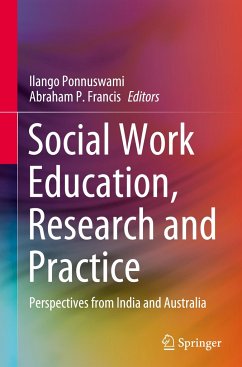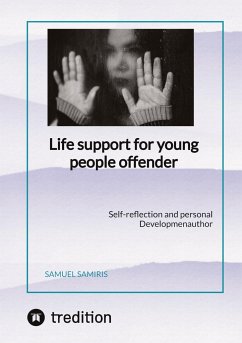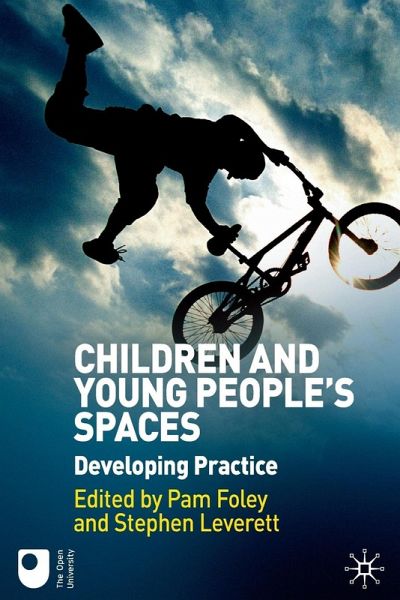
Children and Young People's Spaces
Developing Practice
Herausgegeben: Foley, Pam; Leverett, Stephen

PAYBACK Punkte
33 °P sammeln!
Whether in their homes, schools, streets, parks, in children's centres or cyberspace, children and young people live their lives in spaces which impact on their language and concepts, and on their social worlds and relationships. This important and innovative text provides a new framework for thinking about how relationships are developed with children and young people in the spaces they inhabit.Drawing on a wide range of perspectives, it analyses how spaces are negotiated, produced and experienced by children and young people. It offers clear guidance on how practitioners can use spaces produ...
Whether in their homes, schools, streets, parks, in children's centres or cyberspace, children and young people live their lives in spaces which impact on their language and concepts, and on their social worlds and relationships. This important and innovative text provides a new framework for thinking about how relationships are developed with children and young people in the spaces they inhabit.
Drawing on a wide range of perspectives, it analyses how spaces are negotiated, produced and experienced by children and young people. It offers clear guidance on how practitioners can use spaces productively to form and maintain working relationships with children and young people. In particular the book:
assesses how places and spaces influence and are influenced by
children and young people
situates the development of work with children and young people
within the thinking and values associated with social pedagogy, an
approach to practice favoured in Continental Europe and attracting
much interest in the UK
advocates democratic practice and includes methods for participatory
practice-led research.
An illuminating anthology of readings with a truly multidisciplinary and holistic approach, this is an essential text for students and practitioners working or intending to work with children, young people and their families. It also makes insightful reading for those with broader theoretical interests in social science, psychology and human geography.
Drawing on a wide range of perspectives, it analyses how spaces are negotiated, produced and experienced by children and young people. It offers clear guidance on how practitioners can use spaces productively to form and maintain working relationships with children and young people. In particular the book:
assesses how places and spaces influence and are influenced by
children and young people
situates the development of work with children and young people
within the thinking and values associated with social pedagogy, an
approach to practice favoured in Continental Europe and attracting
much interest in the UK
advocates democratic practice and includes methods for participatory
practice-led research.
An illuminating anthology of readings with a truly multidisciplinary and holistic approach, this is an essential text for students and practitioners working or intending to work with children, young people and their families. It also makes insightful reading for those with broader theoretical interests in social science, psychology and human geography.




